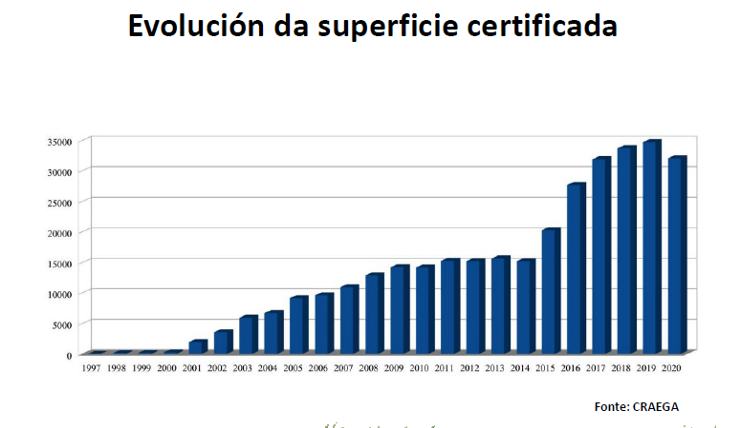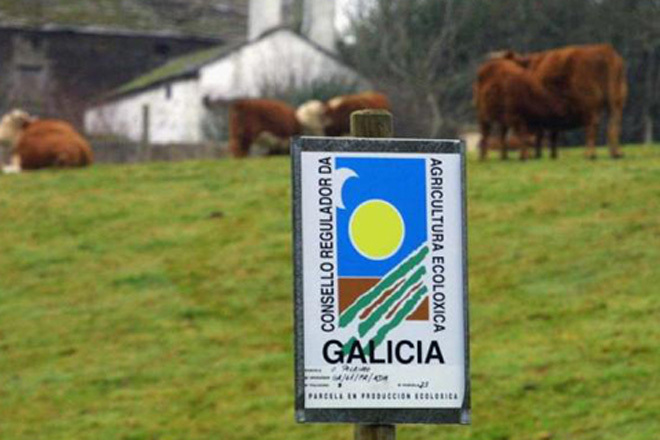Europe wants 25% of agriculture to be organic by 2030 - is it possible?
At the beginning of this year, the European Commission presented its new strategy for European agriculture in the coming years: Brussels' goal is that by 2030, at the end of the next Common Agricultural Policy (CAP) support period 2022-2027, at least 25% of the European agricultural area should be farmed organically.
Fighting climate change and achieving healthier and more environmentally friendly food production are the main reasons behind the EU authorities' ambition. "The crisis caused by the coronavirus pandemic showed how vulnerable we are and how important it is to restore the balance between human activity and nature. Climate change and the loss of biodiversity are a clear and present danger to humanity," said Frans Timmermans, the executive vice-president responsible for the European Green Pact, who argued that "it is necessary to increase the area under organic farming in the EU from the current 8% to at least 25%. "This is necessary to improve people's health", he stressed.
Along the same lines of "greening" European agriculture and livestock farming is the "Farm to Fork" strategy, which also establishes specific objectives for the next 10 years to transform the EU food system, such as reducing the use of pesticides and antibiotics by 50% and the use of fertilisers by 20%, in addition to the aforementioned target of 25% of agricultural land dedicated to organic farming by 2030.
However, isn't the European Commission's target too ambitious, is the market in line with the demand for organic products, and does it pay for producers to go organic? We will try to answer these questions...
Starting point: Only 4% of the agricultural surface in Galicia is certified organic.
ECO SURFACE GALICIA CRAEGA

The target of 25% of usable agricultural area (UAA) in organic farming by 2030 is not mandatory, largely because the degree of development of organic farming in the European Union is very uneven between states and regions.
At the moment, organic farming in the EU represents between 8 and 9% of the total agricultural area, and reaching an extension to 25% in ten years requires an annual growth of 11%. However, countries such as Austria, Denmark and Sweden are already close to this target. Other major agricultural and livestock producers such as Germany, France, Italy, France and also Spain are close to or above 10%, but in many other countries, organic farming still occupies a very small area.
In the case of Spain, according to the latest report by the Spanish Professional Association of Organic Production (Ecovalia), it ended 2020 with 2.35 million hectares (108,441 ha more than in 2019), 10.24% of its UAA, which makes it once again the EU country with the largest organic surface area and the third largest in the world, only surpassed by Australia and Argentina.
Despite these figures, Spain still needs four million more hectares of organic production to achieve 25% of its agricultural area under organic farming by 2030.
